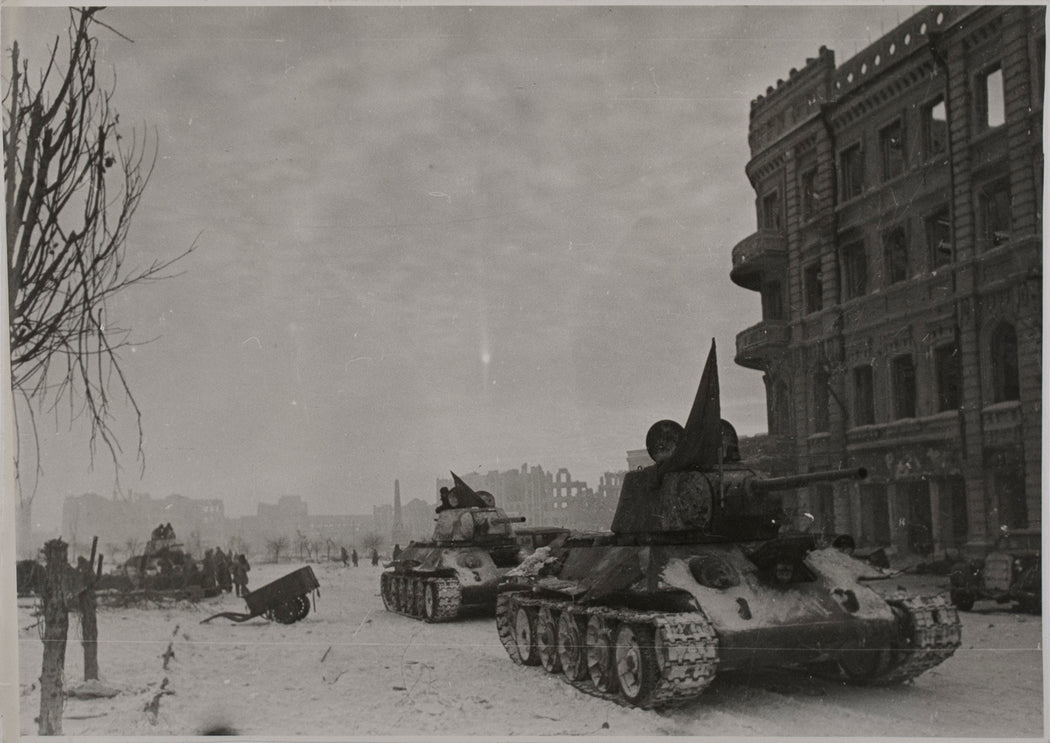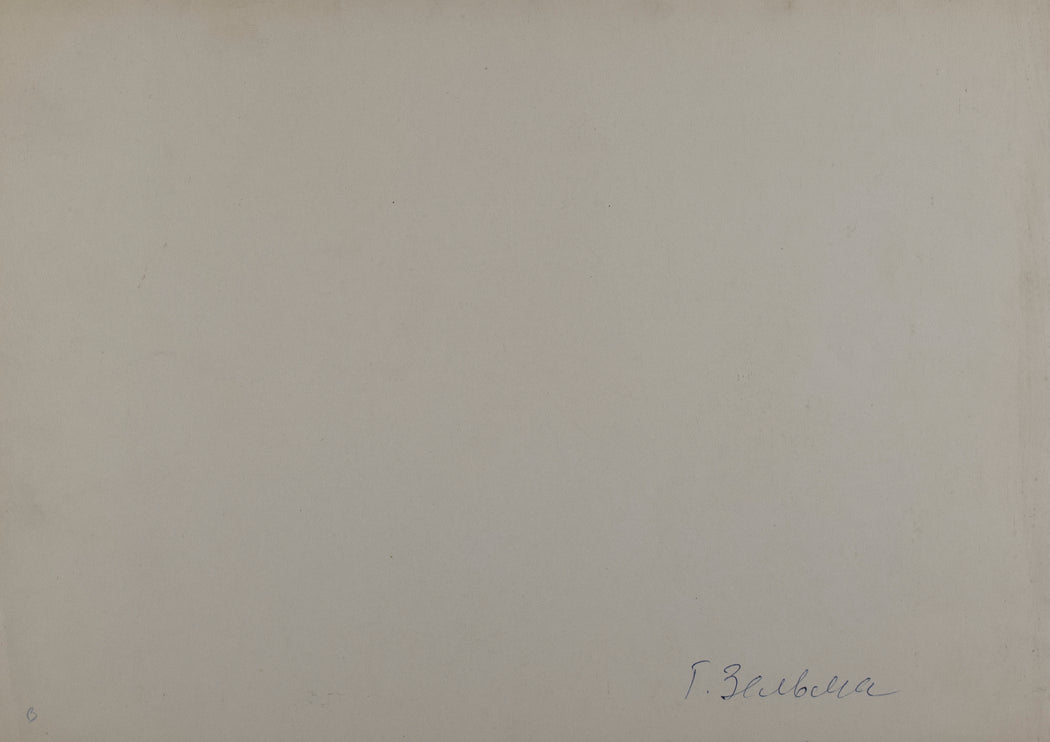

Georgy Zelma
Stalingrad by Georgy Zelma
 Toronto, ON)
Toronto, ON)
Learn about our Shipping & Returns policy.
Have a question? Read our FAQ.
- Artwork Info
- About the Artist
-
circa 1943
Gelatin silver print
Name of photographer, in unidentified hand, in ink, au verso
Printed circa 1943
Unframed -
Georgy Zelma (1906-1984) is best known for his photographs of Central Asia in the 1920s, of major industrial projects in the early days of the Soviet Union, and of World War II (especially the Battle of Stalingrad). Zelma was a major contributor to the Constructivist photography movement through the 1920s and 30s, working alongside such masters as Aleksandr Rodchenko, El Lissitzky and Boris Ignatovich.
Zelma was born to a Jewish family in Tashkent, Uzbekistan, and grew up in Moscow. He took up photography at a young age, and shot his surroundings with a 9 x 12 cm Kodak camera. His love for photography grew while — still in school — he worked for the Proletkino film studios and published photographs for the magazine Teatr.
After finishing school in 1922, Zelma worked technical jobs: first as a darkroom assistant for Rusfoto agency that distributed images of the Soviet Union across its borders, then as a technical assistant for the Institute of Cinematography. During his time at the Institute, he acquired a wooden 13 x 18 cm box camera that allowed him to shoot large-scale images and explore portraiture.
Zelma returned to Tashkent in 1924, and worked as a photo correspondent for the publication Pravda Vostoka. Between 1924 and 1927, Zelma photographed the architecture, and the modernizing social and technological changes occurring in Uzbekistan, Afghanistan, Iran and Central Asia.
Zelma found his large 13 x 18 cm camera cumbersome, especially for his projects recording everyday life in the countryside of Central Asia. In 1927, Zelma began working with smaller cameras like the Leica, allowing him to shoot quicker and with greater control. With these cameras, and his interest in Constructivism, Zelma began experimenting with unusual, often diagonal, compositions and dizzying perspectives. These photographs combine factual reportage with Zelma’s own subjective interpretation of his surroundings.
By the 1930s, Zelma had become well established as a photographer. He was a frequent collaborator for the renowned Soviet magazine USSR in Construction, designed by El Lissitzky, Rodchenko and Varvara Stepanova, and published in seven languages. Among his projects for the magazine was a 1935 photo story on one of Ukraine’s collective farms.
During World War II, Zelma served as correspondent on the front lines for the Izvestia newspaper, most notably capturing the entire six-month trajectory of the Battle of Stalingrad from 1942-43. His Stalingrad photographs are particularly memorable — capturing such emotionally charged scenes as a young boy digging trenches with the caption “And I too can help” and monumental shots of the city in ruins.
Zelma continued to work after the war for the photography journal Ogonyok. In 1962 he joined the Novosti’ press agency, that would publish his Stalingrad: Juliet 1942-Février 1943, with design by Alexander Zhitomirsky in 1965. Zelma passed away in 1984.
Source: Nailya Alexander Gallery


